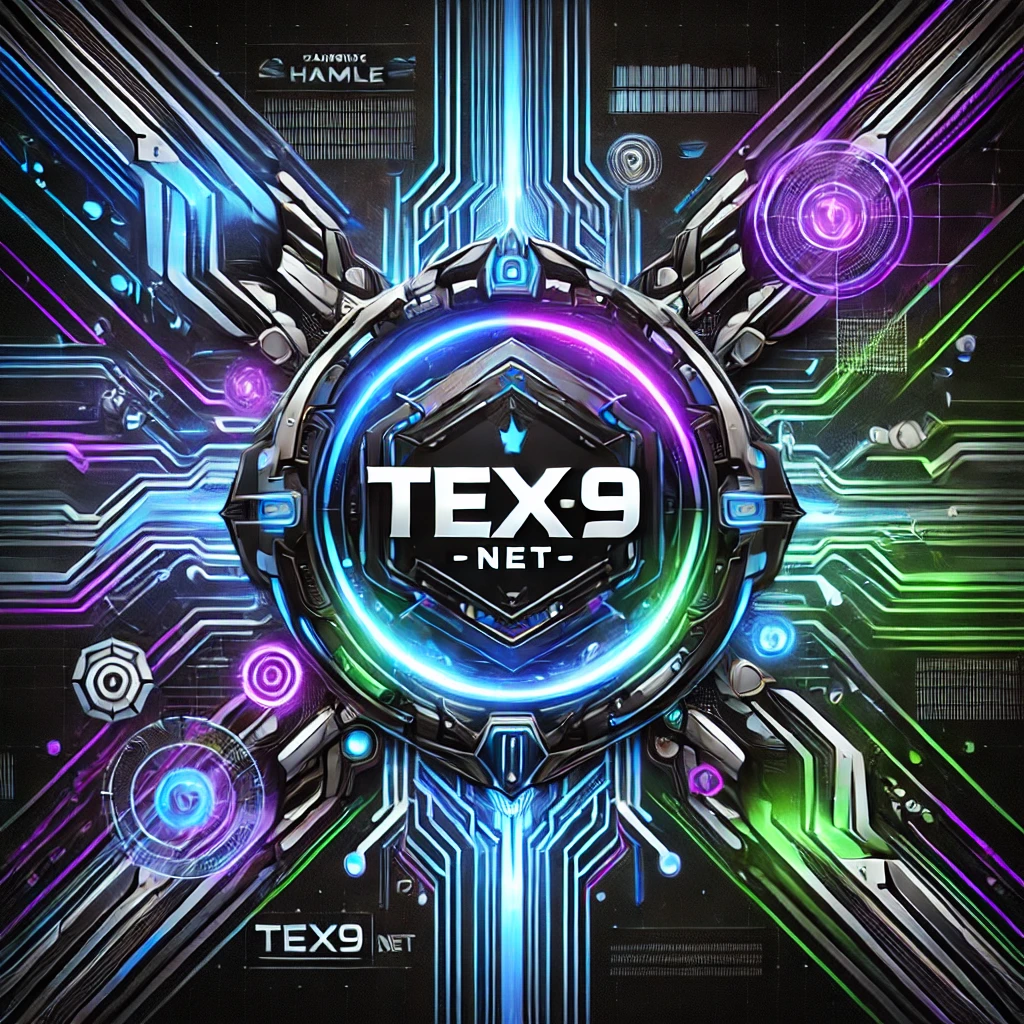Classroom 6X
As technology advances, educational spaces are rapidly transforming to meet the needs of contemporary learners. “Classroom 6X” is a term used to describe modern, technology-enabled classrooms that break from traditional settings, blending interactive, digital, and collaborative tools to enhance learning. This concept, emerging from the integration of cutting-edge technologies and progressive teaching methods, aims to create an immersive learning experience that fosters critical thinking, creativity, and practical skills.
This article will explore the core elements of a Classroom 6X, its benefits, challenges, and its potential to redefine education in the digital age.
1. What is Classroom 6X?
Classroom 6X represents an advanced educational environment where learning extends beyond physical walls. Unlike traditional classrooms focused on lectures and textbooks, Classroom 6X utilizes technology to create dynamic, engaging spaces that can cater to various learning styles. This may involve digital devices, interactive whiteboards, video conferencing, online collaboration tools, and augmented or virtual reality. In Classroom 6X, technology is used not just as an aid but as an essential part of the learning process, allowing students to interact with materials in ways never before possible.
2. Key Elements of Classroom 6X
2.1 Digital Connectivity
Connectivity is the cornerstone of Classroom 6X. Every student and educator is linked through devices, whether tablets, laptops, or interactive whiteboards. This setup allows instant access to resources, real-time collaboration, and seamless communication between students and teachers, regardless of physical location. Through high-speed internet and cloud-based platforms, students can download assignments, access learning apps, participate in discussions, and submit work.
2.2 Interactive Learning Tools
In a Classroom 6X, traditional chalkboards are replaced by interactive whiteboards, and printed textbooks are supplemented with e-books and online resources. Teachers can annotate, share multimedia content, and even conduct quizzes directly through these boards, which cater to visual and hands-on learners. Interactive tools make complex concepts easier to grasp and provide teachers with real-time feedback on student progress.
2.3 Immersive Technologies: VR and AR
Virtual reality (VR) and augmented reality (AR) are increasingly incorporated into Classroom 6X settings. These immersive technologies allow students to explore historical events, conduct science experiments, or visit distant countries without leaving the classroom. Such experiences can significantly enhance comprehension and retention by providing practical, “hands-on” experiences in a controlled environment.
2.4 Collaborative Platforms and Learning Management Systems
Classroom 6X relies heavily on collaborative platforms and learning management systems (LMS) that enable efficient management of assignments, grades, and resources. Through platforms like Google Classroom, Microsoft Teams, and various LMS tools, students can work together on group projects, track their progress, and communicate directly with their teachers. These tools promote transparency, accessibility, and organization, making it easier for both students and educators to stay on top of coursework.
3. Advantages of Classroom 6X
3.1 Personalized Learning Paths
One of the main advantages of Classroom 6X is its ability to support personalized learning. Through adaptive learning software and digital resources, teachers can customize lessons to accommodate different learning speeds and styles. This approach helps students who may struggle in a traditional classroom by giving them additional resources or alternative ways to grasp material, ensuring no student is left behind.
3.2 Enhanced Student Engagement
Classroom 6X environments are designed to be interactive and engaging, encouraging students to actively participate in their education. By integrating multimedia, VR, AR, and interactive assignments, students remain interested in the material. Engaging content increases motivation and reduces distractions, leading to better academic performance.
3.3 Development of Digital Skills
A Classr00m 6X not only teaches core subjects but also digital literacy and essential technical skills. Students who grow up in a Classr00m 6X setting are more comfortable with digital tools, which are valuable skills in today’s technology-driven job market. This environment also fosters problem-solving skills, adaptability, and the ability to learn independently—key traits for the 21st century.
4. Challenges and Considerations for Classroom 6X
4.1 Access and Inequality
While Classr00m 6X presents exciting opportunities, it can also exacerbate existing inequalities if not implemented thoughtfully. Not every school has the budget or infrastructure to support high-tech learning environments, and students from disadvantaged backgrounds may lack access to devices and internet at home. Bridging this digital divide is crucial to ensure that all students benefit from Classr00m 6X, regardless of socioeconomic status.
4.2 Teacher Training and Support
Implementing Classr00m 6X requires teachers to adopt new teaching methods and familiarize themselves with technology. For educators who are accustomed to traditional classrooms, this shift can be challenging. Training programs and ongoing technical support are essential to help teachers maximize the benefits of Classr00m 6X and maintain their effectiveness in this new role.
4.3 Balancing Screen Time and Mental Health
In Classr00m 6X, students often spend significant time interacting with digital devices, which raises concerns about screen time and its impact on mental health. Educators and policymakers must consider the potential effects of prolonged screen exposure, including eye strain, reduced attention span, and sleep disruption. Striking a balance between digital and offline activities is essential for the well-being of students.
5. Examples of Classroom 6X in Action
Several schools and institutions worldwide are experimenting with Classr00m 6X concepts, creating flexible, tech-enhanced environments for students. For instance:
- Summit Sierra School in Seattle uses personalized learning plans for each student, where technology helps tailor the curriculum according to individual goals.
- AltSchool in San Francisco combines a flexible physical space with advanced digital tools that track student progress and adapt lessons in real-time.
- High Tech High in San Diego emphasizes project-based learning with a digital-first approach, allowing students to engage in hands-on projects supported by online resources.
These schools serve as models for what Classr00m 6X can achieve and inspire other institutions to adopt similar approaches.
6. The Future of Classroom 6X
As Classr00m 6X continues to evolve, its impact on education will grow. Artificial intelligence (AI) is expected to play a more significant role in creating adaptive learning experiences that further personalize education. Moreover, as 5G technology becomes widespread, internet connectivity will become faster and more accessible, allowing for richer interactive content and remote collaboration.
6.1 Expanding to Global Classrooms
Classr00m 6X has the potential to reach remote and underserved areas through digital classrooms and remote learning tools. By expanding online educational resources and connectivity, even students in isolated regions can access quality education, helping bridge the global education gap.
6.2 Lifelong Learning and Workforce Development
Beyond K-12 and higher education, Classr00m 6X is likely to impact workforce training and adult education. Many companies are adopting Classr00m 6X concepts to provide immersive training programs for employees, using VR and interactive modules to simulate real-world scenarios. Lifelong learning initiatives, driven by Classr00m 6X tools, empower individuals to continually upgrade their skills and stay relevant in an ever-changing job market.
Conclusion: Embracing the Classroom of Tomorrow
Classroom 6X is more than a tech-savvy upgrade; it represents a shift towards a learner-centered, interactive, and inclusive educational system. Although challenges such as access and screen time exist, the benefits of engagement, digital skills, and personalized learning are invaluable. As Classroom 6X continues to expand, it holds the promise of a future where education is adaptable, equitable, and capable of preparing students for the complexities of a digital world.










